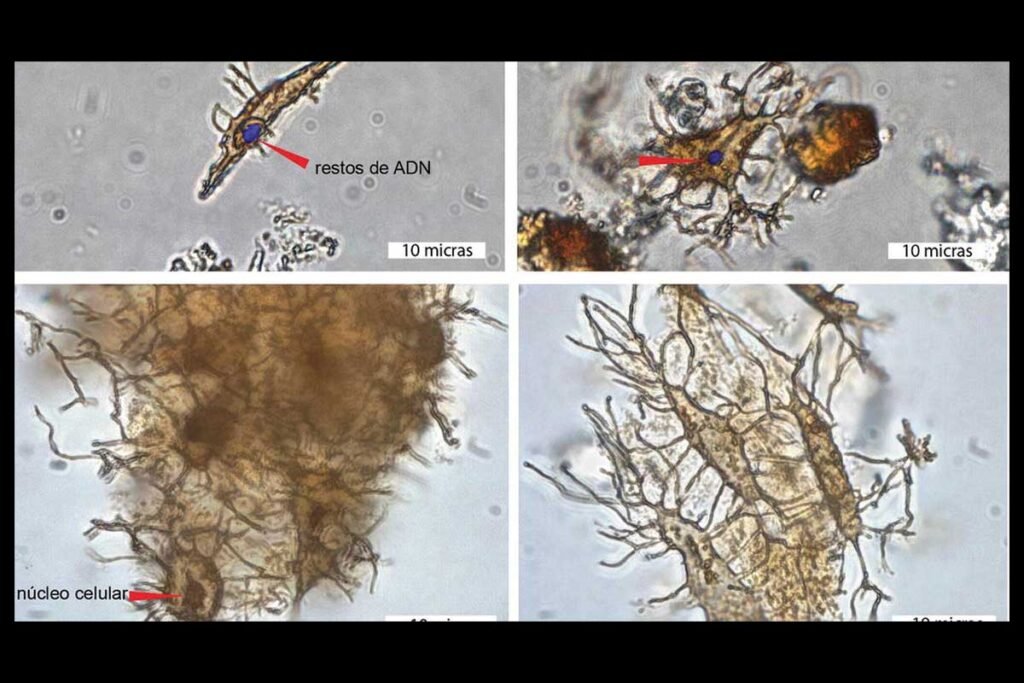In a remarkable discovery, scientists have stumbled upon traces of DNA in the fossilized remains of a sea turtle that lived six million years ago. This finding is a rare gem in the world of ancient fossils.
The Fossil Find:
The fossil was found on the Caribbean coast of Panama back in 2015. It holds well-preserved bone cells called osteocytes. Though it’s not a complete fossil, it includes a mostly intact shell from a sea turtle that was about a foot long when it roamed the seas.
The DNA Surprise:
The leader of the research, paleontologist Edwin Cadena, explained that some of the cell nuclei within the osteocytes reacted when exposed to a chemical solution. This reaction hinted at the presence of DNA, but it’s important to note that they didn’t extract the DNA itself, just its remnants. Cadena is part of the Universidad del Rosario in Bogota and the Smithsonian Tropical Research Institute.
Preserving DNA:
DNA is usually very delicate and vanishes with time, but in certain special conditions, it can stick around in ancient remains. Scientists have previously found DNA from animals, plants, and tiny creatures dating back around two million years in the soil at a remote spot in Greenland’s north.
Ancient DNA Club:
Until now, the only older vertebrate fossils with similar DNA traces belonged to two famous dinosaurs – Tyrannosaurus, which lived about 66 million years ago, and Brachylophosaurus, which lived around 78 million years ago. There have also been reports of DNA remnants in insects that go back tens of millions of years.

Meet the Turtle:
The fossilized turtle belongs to the same group, or genus, called Lepidochelys, as two of the world’s seven sea turtle species – the Kemp’s ridley, the smallest sea turtle, and the olive ridley.
Unlocking Turtle History:
This ancient fossil helps us understand more about the history of Lepidochelys, which we don’t know much about. It’s like finding a missing puzzle piece.
Preservation Magic:
Cadena mentioned that every fossil and where it’s found has unique conditions that can sometimes help preserve stuff like proteins and DNA. This discovery has opened the door to future research that might even allow us to learn more about their close relatives or dig into a bigger study of evolution using these genetic clues.
So, there you have it – an amazing DNA discovery from a turtle that swam the seas six million years ago. Science never stops unraveling the mysteries of our planet’s past!